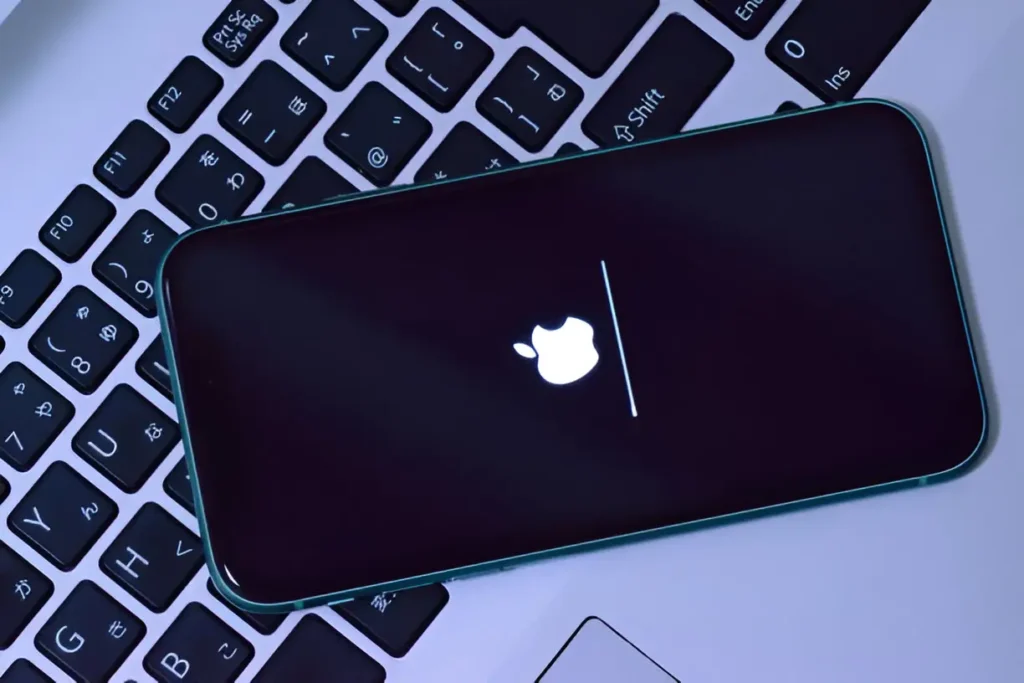In June, Apple announced a new iOS 26 system at their Worldwide Developers Conference (WWDC) 2025. iPhones today run on iOS 18, but the mega phone company plans to jump directly to iOS 26 when the new software releases in September. This new system brings the biggest changes to how the phone looks and works since 2013, when iOS 7 introduced a flat design.
The company calls the new design Liquid Glass. This update replaces the iPhone’s regular buttons and menus with see-through versions that move and change as people use their apps, hence the name. iOS 26 also introduces an upgrade to AI capabilities.
How Apple Intelligence Works
The tech giant combines two different methods in its smart approach to AI. The company uses a large language model to help devices understand users better and keep information private.
Apple splits AI work into two categories based on how much processing power each task needs. Simple AI jobs, like autocorrect fixes or sentence rewrites, happen right on the device. More difficult tasks, like image creation or summarization of long articles, get sent to Apple’s special cloud system—Private Cloud Compute. This cloud system encrypts data and never stores or tracks personal information.
The iOS 26 update will integrate Apple Intelligence across more features of our devices. Users will be able to communicate across different languages easily and use more powerful shortcuts to get things done faster.
What Does On-device AI Mean for Apple?
Many people believe AI will shape our future. We can already see what AI can do through tools like ChatGPT. But Apple has a different vision. They want to build an AI model that lives inside the device itself.
Most AI usage currently needs to send data to a company’s servers over the Internet, but here, the AI processing happens locally on a device, using its own processor and memory. This means it has immense potential to learn from users’ input and adapt accordingly. The main benefits include privacy, as data stays on the device. It is also faster because there is no need to wait for Internet connectivity or server response times.
The tradeoff is that on-device AI is usually less powerful than cloud-based AI because local devices have limited processing power compared to massive server farms. However, the technology will get better as the devices get more powerful processors.
Tasks that happen on a device include
- Autocorrect improvements
- Siri command
- Text rewrites and grammar checks
- Emoji suggestions
- Language translation (messages are automatically translated in text messages and during FaceTime calls, users also get spoken translations for phone calls)
Some tasks need more power than a device can provide. Apple sends these jobs to Private Cloud Compute servers, but users’ privacy stays protected. The system makes the data anonymous and encrypts it before sending it. Apple cannot store or access this information and only verified Apple software can process it.
Additional AI Functionalities
Apple plans to roll out a new AI-powered battery management system with its iOS 26 update. This feature will make iPhone batteries last longer by using built-in AI to study how people use their phones, and it will adjust power usage based on those patterns.
The AI system will track things like which apps people open most often, whether they’re using social media, mobile online casino games, or productivity tools, when they usually charge their device, and which functions use the most power. The system will then automatically use this info to change background activities and stop unnecessary power use.
The smart system learns individual habits over time. It can predict when someone will need their phone most and save power during less active periods.
Apple also introduced a new software toolkit called Foundation Models Framework. This toolkit lets app developers create applications using AI language models that work within Apple Intelligence. “We believe this will spark a completely new generation of smart features in your daily apps,” said Federighi during its launch.
The Future of Smartphones
Apple’s new iOS 26 update reminds us how smartphones could get much better over the years. These new features, like better battery management and live translation, will change how people use their phones. The good thing is that the company has found a way to make AI work both on device and in the cloud, which reduces the risk of personal information leaks.
Also Read- A Guide To The Best Memory Games For Older Adults


